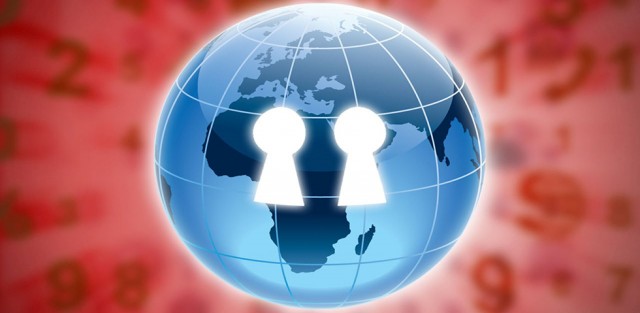It’s (past) time for two-factor authentication

With the general unease about relying on usernames and passwords for authentication, conventional wisdom in information security seems to agree that organizations should add a second (or third, or fourth …) means of authentication is an obvious step to enhance security for systems, networks, and (especially) web applications. In an approach commonly termed strong authentication, two-factor authentication (2FA), or multi-factor authentication (MFA), the idea is to add “something you have” or, less often, “something you are” to the password-based credentials that are already “something you know.” There are certainly dangers to depending too much on authentication, no matter how strong, as a control to protect information assets, but industry and government seem to agree that two-factor authentication helps to address the threat posed by the compromise of user credentials – a cause cited in numerous high-profile breaches, including the ones at Anthem, Target, Home Depot, and the Office of Personnel Management (OPM).
In commercial domains, two-factor authentication is familiar to organizations subject to the Payment Card Industry Data Security Standards (PCI DSS), which requires merchants to use 2FA for remote network access. Major social media and online service providers now offer optional two-factor authentication to user accounts; these include Amazon Web Services, Apple, Dropbox, Facebook, Google, Microsoft, and Twitter. In some cases, including Apple, Dropbox and Twitter, making 2FA available to users was a direct result of user account compromises, data breaches, or exposure of related security vulnerabilities. While 2FA is by no means foolproof, for most users adding some form of two-step verification in the authentication process makes their accounts much less susceptible compromise to unauthorized users, even if they are tricked by a phishing email or other social engineering tactic.
Two-factor authentication is hardly a new concept, as requirements to use it in some industries and public sector systems date to at least 2005, when the Federal Financial Institutions Examination Council (FFIEC) first issued guidance to banks recommending two-factor authentication for online banking services and when the National Institute for Standards and Technology (NIST) released its first version of Special Publication 800-53, “Recommended Security Controls for Federal Information Systems.” At that time, NIST required multi-factor authentication (specifically, the control and its enhancements are under IA-2 within the Identification and Authentication family) only for federal agency systems categorized has “high impact” – a designation most often associated with critical infrastructure, key national assets, protection of human life, or major financial systems. The following year, when NIST first revised 800-53, it added multi-factor authentication as a requirement for “moderate impact” systems, but only for remote access. By 2009, Revision 3 of 800-53 extended multi-factor authentication as a requirement for network access to privileged accounts for all federal systems, and required MFA for non-privileged access to moderate- or high-impact systems.
Despite these long-standing requirements and a formal mandate in early 2011 from the Office of Management and Budget (OMB) directing federal agencies to implement strong authentication using personal identity verification (PIV) ID cards to complement usernames and passwords, many agencies have been slow to enable multi-factor authentication. In its annual report to Congress for fiscal year 2014, required under the Federal Information Security Management Act (FISMA), OMB reported an overall government implementation rate of 72 percent (up from 67 percent in 2013) for strong authentication. Several agencies, however, apparently made no progress at all in 2013 or 2014, and 16 agencies were called out for allowing “the majority of unprivileged users to log on with user ID and password alone, which makes unauthorized network access more likely as passwords are much easier to steal through either malicious software or social engineering.” Perhaps unsurprisingly, OPM is among these 16 agencies; OPM’s own Inspector General noted in the agency’s 2014 FISMA audit that although 95 percent of OPM user workstations required PIV-based authentication, none of the 47 major applications in OPM’s FISMA inventory require this type of strong authentication. Not mentioned in this report are access to systems by contractors, many of whom are not issued PIV cards and who must therefore use alternate MFA methods, assuming OPM or other agencies make such methods available.
 SecurityArchitecture.com
SecurityArchitecture.com
